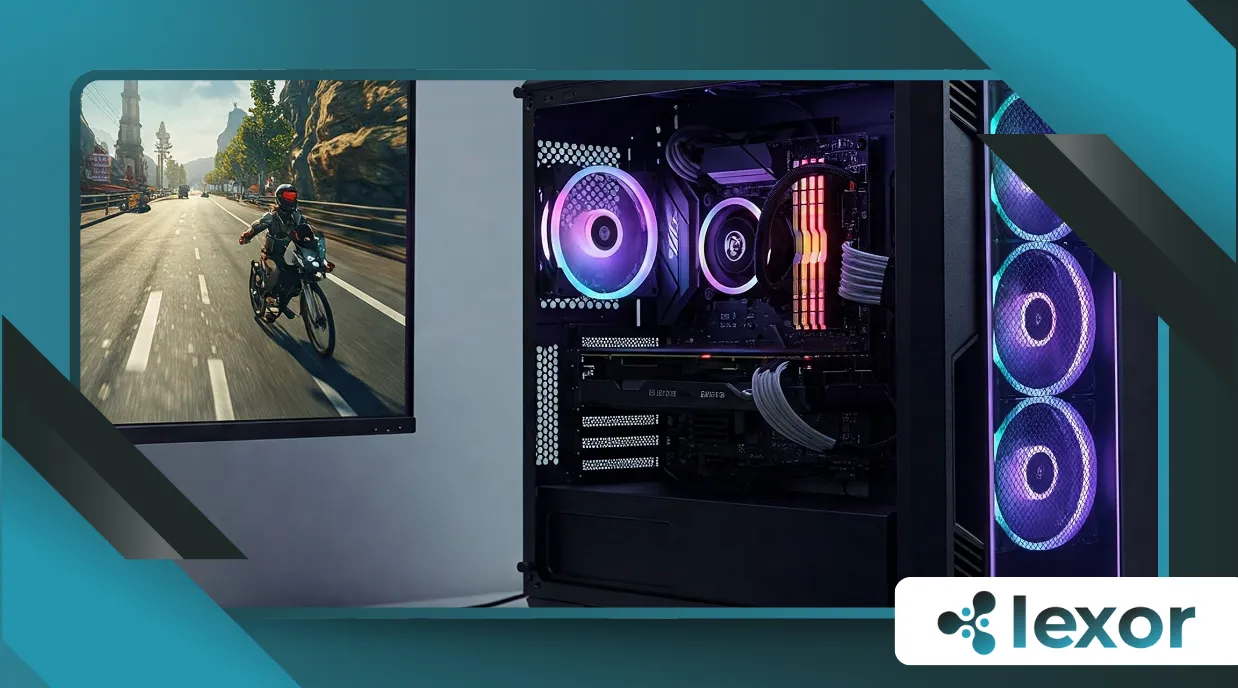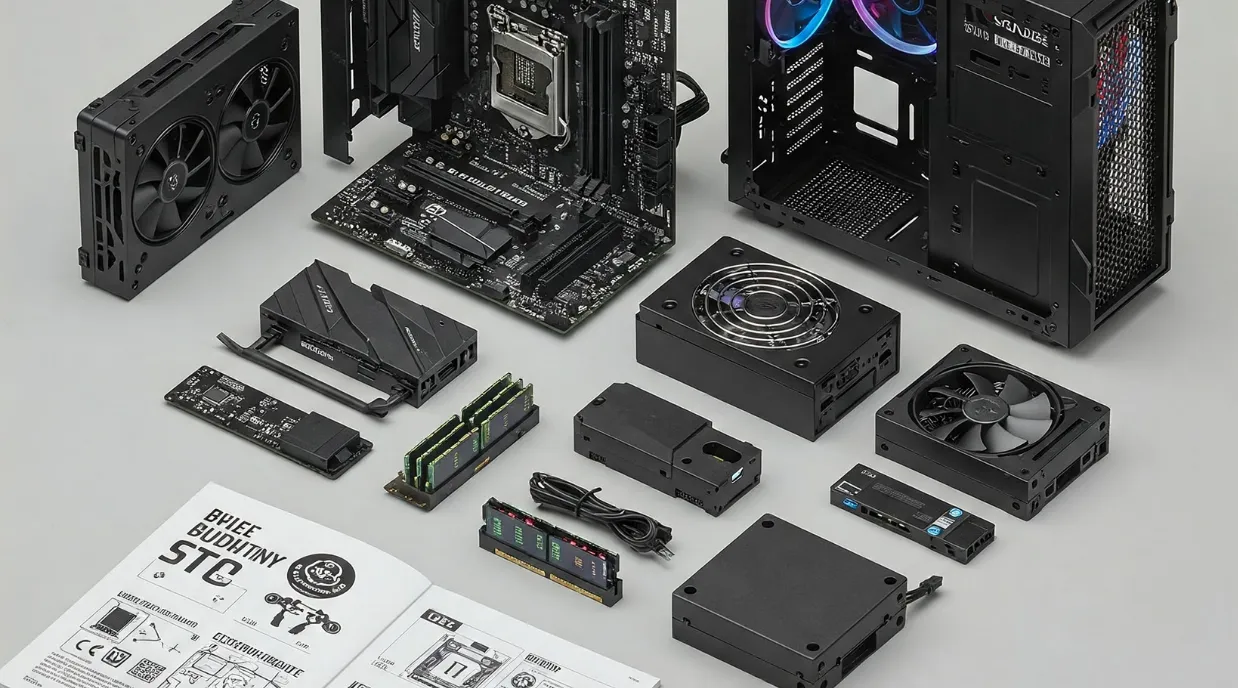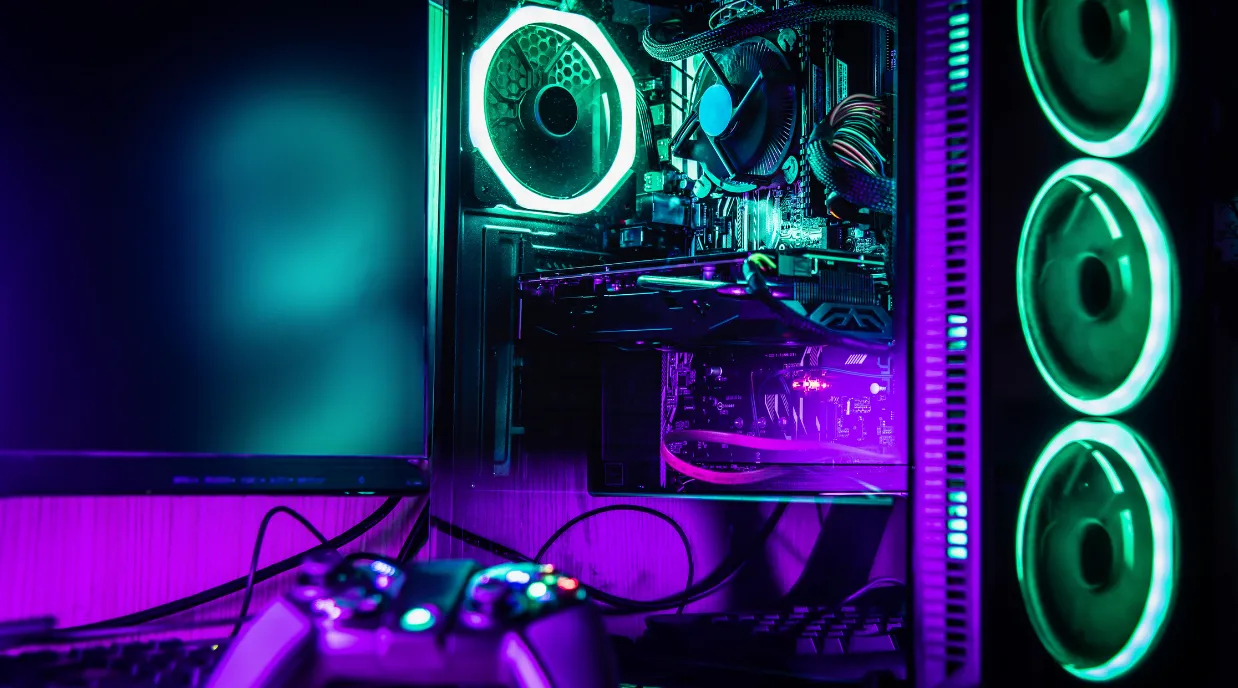How to Build a Budget-Friendly Gaming PC

Building a budget-friendly gaming PC is no longer a distant dream for gamers.
With the right components and a bit of know-how, you can assemble a machine that delivers solid performance without draining your wallet.
Whether you’re a casual gamer or an aspiring streamer, this guide will walk you through the process step-by-step, ensuring you get the most bang for your buck.
Additionally, the growing online community offers countless resources, including forums and video tutorials, to help you troubleshoot and optimize your build.
By leveraging these resources, you can gain confidence in your ability to create a powerful gaming rig that meets your needs.
Why Build a Budget-Friendly Gaming PC?
The allure of custom-built PCs lies in their flexibility and cost-effectiveness.
Pre-built systems often come with inflated price tags, while building your own allows you to prioritize performance where it matters most.
According to a 2023 report by Jon Peddie Research, the PC gaming hardware market is expected to grow by 6% annually, driven by the increasing demand for affordable yet powerful systems.
This trend highlights the importance of knowing how to build a budget-friendly gaming PC that meets your needs without overspending.
Moreover, building your own PC can be a fun and educational experience, allowing you to learn about the components and how they work together.
This knowledge can be invaluable, especially when it comes time to upgrade or troubleshoot issues in the future.
+ AR Glasses: Are They the Future of Wearable Tech?
Step 1: Define Your Budget and Goals
Before diving into component selection, it’s crucial to establish your budget and gaming goals.
Are you aiming for 1080p gaming at 60 FPS, or do you want to future-proof your system for 1440p?
A clear budget will help you allocate funds wisely, ensuring you don’t overspend on unnecessary features.
For example, if your budget is $700, you might allocate:
- CPU: $150
- GPU: $250
- RAM: $60
- Storage: $70
- Motherboard: $80
- Power Supply: $50
- Case: $40
This breakdown ensures a balanced build without compromising performance.
Additionally, consider your gaming preferences and the types of games you play.
If you’re into competitive gaming, investing more in a higher refresh rate monitor and a responsive GPU might be beneficial.
Conversely, if you enjoy single-player games, you may prioritize a more powerful CPU for better overall performance.
Step 2: Choose the Right CPU
The CPU is the brain of your gaming PC, and selecting the right one is critical.
For a budget-friendly gaming PC, AMD’s Ryzen 5 5600 or Intel’s Core i5-12400F are excellent choices.
Both offer exceptional performance for their price, with six cores and twelve threads, making them ideal for gaming and multitasking.
| CPU Comparison | AMD Ryzen 5 5600 | Intel Core i5-12400F |
|---|---|---|
| Cores/Threads | 6/12 | 6/12 |
| Base/Boost Clock | 3.5 GHz / 4.4 GHz | 2.5 GHz / 4.4 GHz |
| Price | $150 | $160 |
While Intel’s offering is slightly more expensive, it often outperforms AMD in single-threaded tasks, which are crucial for gaming.
Moreover, consider the longevity of your CPU choice.
Investing in a slightly better processor now can save you from needing an upgrade in the near future, especially as game requirements continue to rise.

Step 3: Prioritize the GPU
The GPU is the most critical component for gaming performance.
For a budget-friendly gaming PC, the AMD Radeon RX 6600 or NVIDIA GeForce RTX 3060 are standout options.
Both cards deliver excellent 1080p performance and can handle 1440p gaming at medium to high settings.
| GPU Comparison | AMD Radeon RX 6600 | NVIDIA GeForce RTX 3060 |
|---|---|---|
| VRAM | 8 GB | 12 GB |
| Ray Tracing | Yes | Yes |
| Price | $250 | $300 |
While the RTX 3060 offers better ray tracing performance, the RX 6600 provides better value for money, making it a popular choice for budget-conscious gamers.
Additionally, keep an eye on market trends and sales.
Graphics cards can fluctuate in price, and purchasing during sales events or when new models are released can lead to significant savings.
Step 4: Don’t Skimp on RAM and Storage
For modern gaming, 16 GB of RAM is the sweet spot.
Opt for DDR4-3200 or DDR4-3600 memory, as these speeds offer the best balance between performance and cost.
Brands like Corsair and G.Skill provide reliable options at affordable prices.
When it comes to storage, a 500 GB NVMe SSD is ideal for your operating system and frequently played games.
Pair it with a 1 TB HDD for additional storage if needed.
This combination ensures fast load times without breaking the bank.
Moreover, consider the benefits of M.2 NVMe SSDs over traditional SATA SSDs.
M.2 drives can offer significantly faster read/write speeds, enhancing overall system performance, especially during gaming sessions.
++ Gaming Consoles of 2025: PS6, Xbox Series Z, and Beyond
Step 5: Select a Compatible Motherboard
The motherboard is the backbone of your PC, connecting all components.
For a budget-friendly gaming PC, choose a B550 (AMD) or B660 (Intel) motherboard.
These chipsets offer excellent features like PCIe 4.0 support and ample connectivity options without the premium price tag of high-end boards.
Additionally, ensure that the motherboard has enough USB ports and expansion slots for future upgrades.
A well-chosen motherboard can extend the lifespan of your build and accommodate future enhancements, such as additional RAM or storage.

Step 6: Power Supply and Case
A reliable power supply is essential for system stability.
Aim for a 550W-650W unit from reputable brands like EVGA or Seasonic.
Look for an 80 Plus Bronze or higher certification to ensure efficiency.
For the case, prioritize airflow and cable management.
Budget-friendly options like the NZXT H510 or Cooler Master MasterBox Q300L offer great build quality and aesthetics without costing a fortune.
Moreover, consider the size of your case in relation to your components.
Ensure that it can accommodate your GPU and any additional cooling solutions you may want to implement down the line.
Step 7: Assembly and Optimization
Once you’ve gathered all components, it’s time to assemble your budget-friendly gaming PC.
Follow online tutorials or manuals to ensure proper installation.
After assembly, optimize your system by updating drivers, enabling XMP profiles for RAM, and adjusting in-game settings for the best performance.
Additionally, consider using software tools to monitor system temperatures and performance.
Programs like MSI Afterburner can help you tweak settings for optimal performance while keeping your system cool and stable.
Step 8: Future Upgrades
One of the advantages of building your own PC is the ability to upgrade over time.
Start with a solid foundation and add components like a better GPU or more storage as your budget allows.
This approach ensures your system remains relevant for years to come.
Moreover, keep an eye on new technologies and trends in gaming hardware.
Being aware of upcoming releases can help you plan your upgrades strategically, ensuring you get the best performance for your investment.
Conclusion
Building a budget-friendly gaming PC is a rewarding experience that combines creativity, technical knowledge, and financial savvy.
By carefully selecting components and prioritizing performance, you can create a system that delivers exceptional gaming experiences without breaking the bank.
Whether you’re a first-time builder or a seasoned enthusiast, this guide provides the tools and insights needed to succeed.
Remember, the key to a successful build is balance.
Allocate your budget wisely, focus on performance-critical components, and don’t be afraid to shop around for deals.
With the right approach, your dream gaming PC is closer than you think.
For more tips and tricks on building PCs, check out Tom’s Hardware for in-depth reviews and guides.
